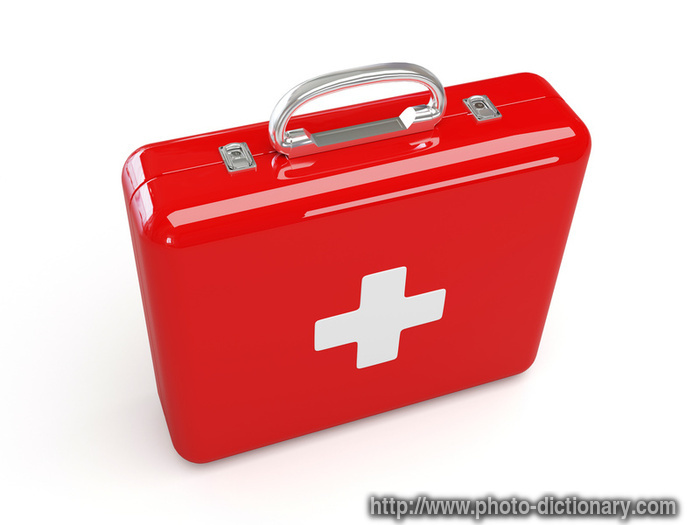It's preparedness month! And we’re
celebrating with 30 days full of tips on our favorite topic… preparedness!! If
you’ve missed out on any of them, click here to take a trip through the month of September and catch up!!
Preparedness Tip #14
Take a minute to check your family’s first aid kit, and note any depleted items
— then, add them to your shopping list.
Don’t have a first aid kit? Add that to
the list or build a kit yourself. Just add the following items to your
shopping list and assemble a first aid kit.
Have a car? We recommend creating a kit for each of them as well.
We recommend each first aid kit have:
--(20) adhesive
bandages, various sizes
--(1) 5" x
9" sterile dressing
-- (1) conforming
roller gauze bandage
--(2) triangular
bandages
--(2) 3 x 3 sterile
gauze pads
--(2) 4 x 4 sterile
gauze pads
--(1) roll 3"
cohesive bandage
--(2) germicidal hand
wipes or waterless alcohol-based hand sanitizer
--(6) antiseptic wipes
--(2) pair large
medical grade non-latex gloves
--Adhesive tape,
2" width
--Anti-bacterial
ointment
--Cold pack
--Scissors (small,
personal)
--Tweezers
--CPR breathing
barrier, such as a face shield
--First Aid Manual
--Aspirin or
non-aspirin pain reliever
-- Anti-diarrhea
medication
--Antacid (for stomach
upset)
--Syrup of Ipecac (use
to induce vomiting if advised by the Poison Control Center)
--Laxative
--Activated charcoal
(use if advised by the Poison Control Center)
--Prescription drugs,
as recommended by your physician, and copies of the prescriptions in case they
need to be replaced





